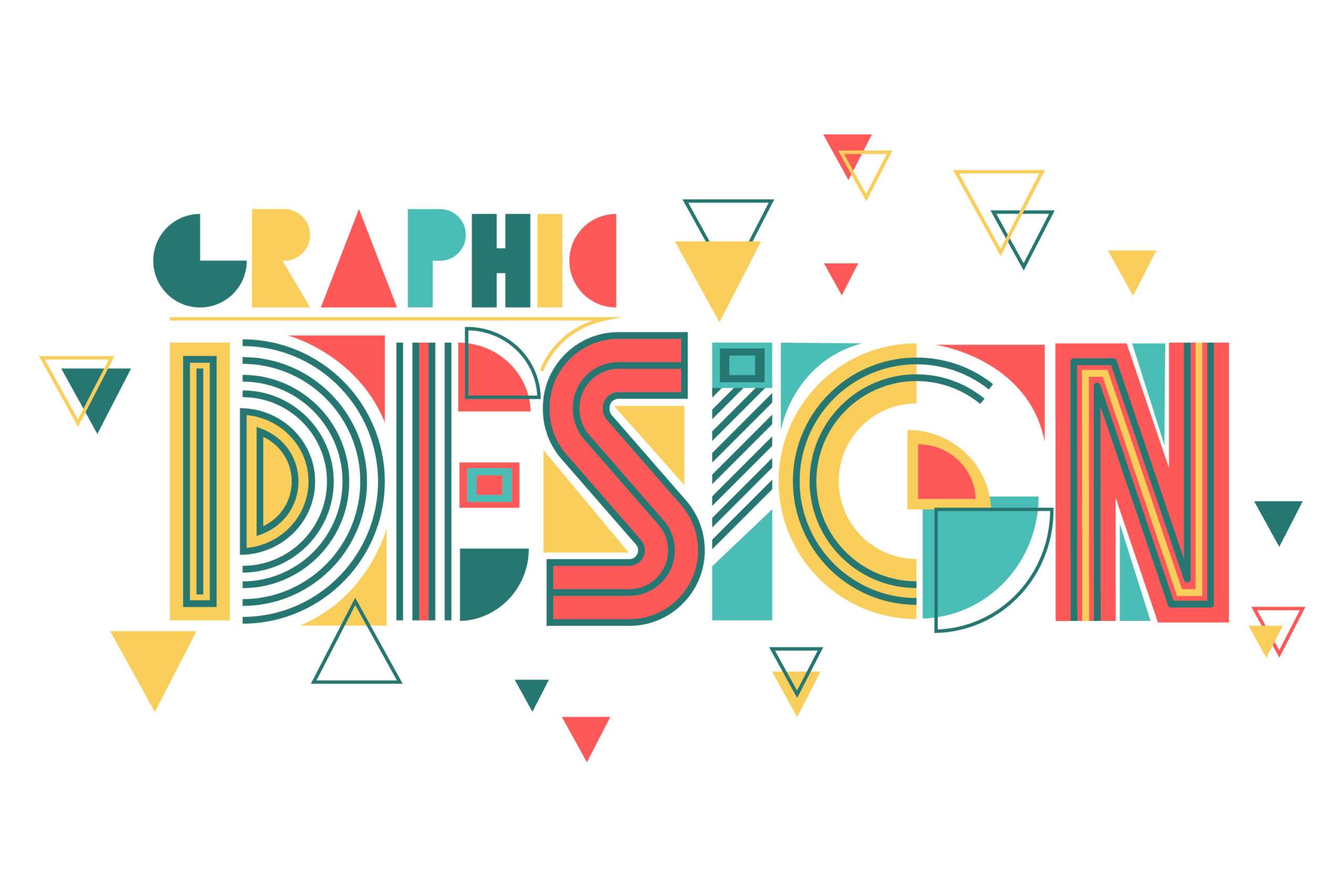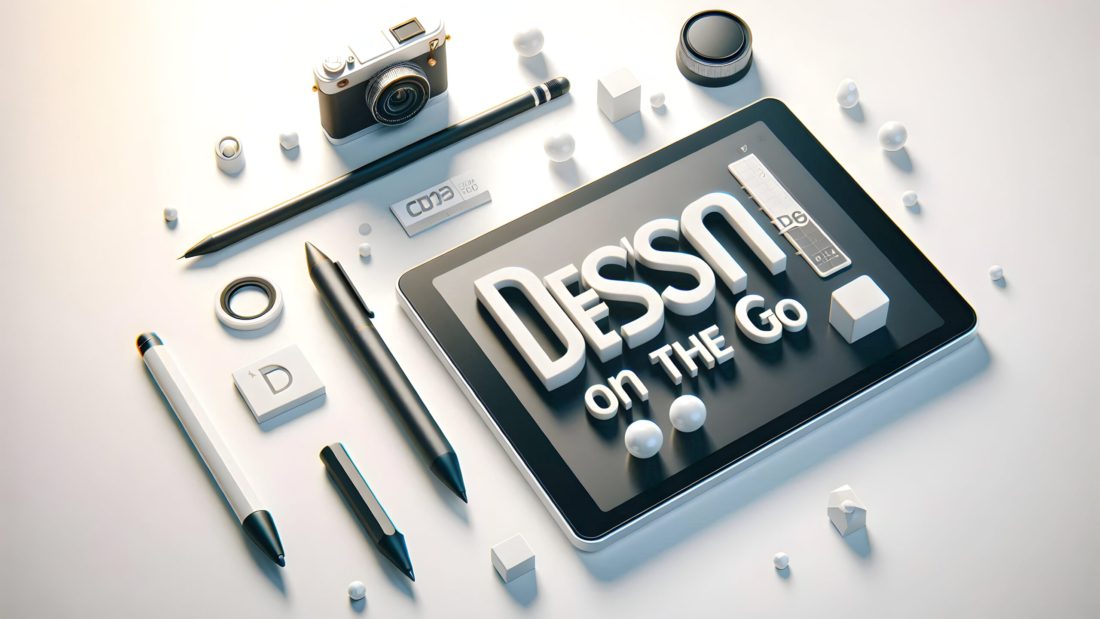Graphic design has undergone a remarkable transformation over the centuries, evolving from simple, handcrafted illustrations to sophisticated digital artworks that shape our modern visual culture. This journey reflects broader technological advancements and shifts in cultural paradigms. In this blog, we’ll explore the key stages in the evolution of graphic design, highlighting how it has adapted to meet the demands of different eras.

The Beginnings: Print Design
Graphic design, in its earliest form, can be traced back to the invention of the printing press in the 15th century. Before this, visual communication was largely limited to hand-drawn illustrations and manuscripts. The printing press revolutionized the dissemination of information, making books, posters, and pamphlets more accessible to the masses. Designers in this era focused on typography, layout, and the use of imagery to enhance the readability and appeal of printed materials.
During the Renaissance, graphic design began to flourish as artists and printers experimented with new typefaces, layouts, and printing techniques. This period saw the rise of the poster as a powerful medium for communication, with bold, eye-catching designs used to advertise products, events, and political messages.
The 20th Century: The Rise of Modernism
The 20th century brought about significant changes in the field of graphic design. The advent of modernism introduced a new approach to design, characterized by simplicity, minimalism, and functionality. Influenced by movements such as Bauhaus, designers began to prioritize clean lines, geometric shapes, and sans-serif typefaces. This era also saw the emergence of corporate identity design, with logos and branding becoming essential elements of business communication.
The development of advertising in the 1920s and 1930s further pushed the boundaries of graphic design. Designers began to experiment with photography, photomontage, and bold color schemes to create striking visual compositions. This period laid the foundation for the commercial graphic design industry, which would continue to grow throughout the century.
The Digital Revolution
The late 20th century marked the beginning of the digital revolution, which would forever change the landscape of graphic design. The introduction of computers and graphic design software, such as Adobe Photoshop and Illustrator, allowed designers to create and manipulate images with unprecedented precision and ease. The shift from analog to digital design opened up new possibilities for creativity, enabling designers to experiment with 3D modeling, animation, and interactive media.
The rise of the internet in the 1990s further transformed graphic design. Web design emerged as a new discipline, requiring designers to consider user experience, screen resolution, and interactivity. The rapid growth of social media in the 2000s added another layer of complexity, as designers needed to create content that was not only visually appealing but also optimized for sharing and engagement across multiple platforms.
Contemporary Graphic Design: Merging Disciplines
Today, graphic design is a dynamic and multifaceted field that blends traditional design principles with cutting-edge technology. Designers are no longer confined to one medium; they work across print, digital, motion, and interactive design, often combining elements from different disciplines to create innovative and immersive experiences.
The proliferation of mobile devices and the increasing importance of responsive design have further challenged designers to think creatively about how their work is viewed and interacted with on different screens. At the same time, the growing awareness of environmental sustainability has led to a resurgence of interest in eco-friendly design practices, such as using recycled materials and minimizing waste in the production process.
The Future of Graphic Design
As we look to the future, the evolution of graphic design shows no signs of slowing down. Emerging technologies such as virtual reality (VR), augmented reality (AR), and artificial intelligence (AI) are poised to revolutionize the field once again, offering new ways for designers to engage audiences and tell stories. The integration of these technologies with traditional design principles will likely lead to the creation of even more immersive and interactive experiences.
At the same time, the importance of design thinking and human-centered design is becoming increasingly recognized across industries. As designers continue to adapt to new tools and technologies, their ability to solve complex problems and communicate ideas visually will remain at the core of their work.
Conclusion
The evolution of graphic design is a testament to the power of creativity and innovation. From the early days of print design to the digital age and beyond, graphic designers have continually pushed the boundaries of what is possible, shaping the way we see and interact with the world. As technology continues to advance, the future of graphic design promises to be as exciting and transformative as its past.

